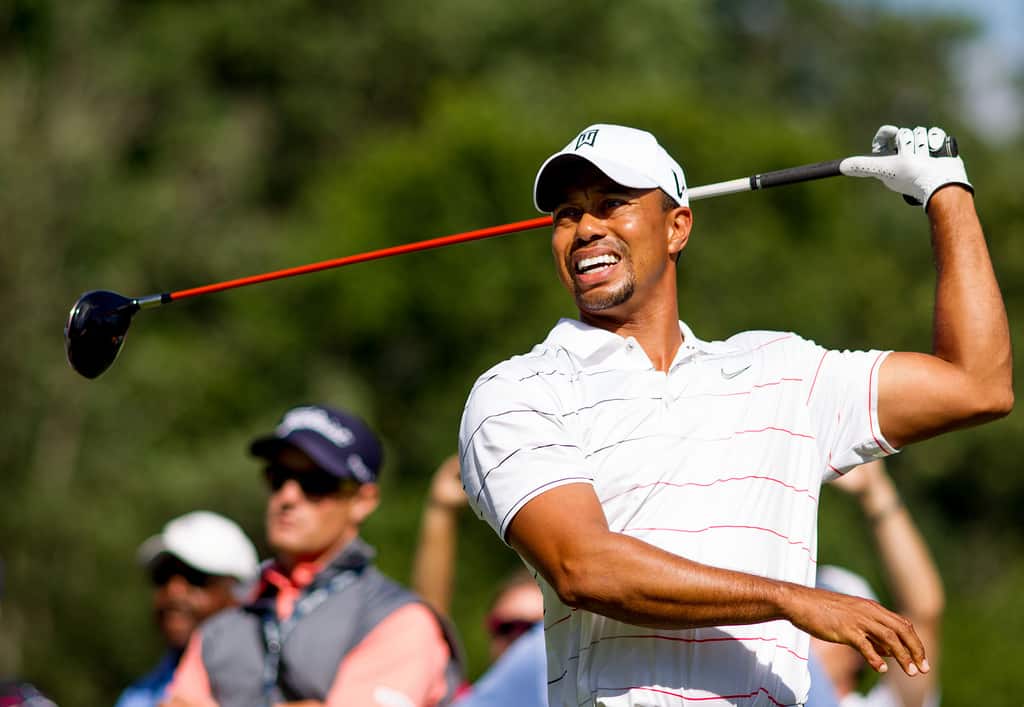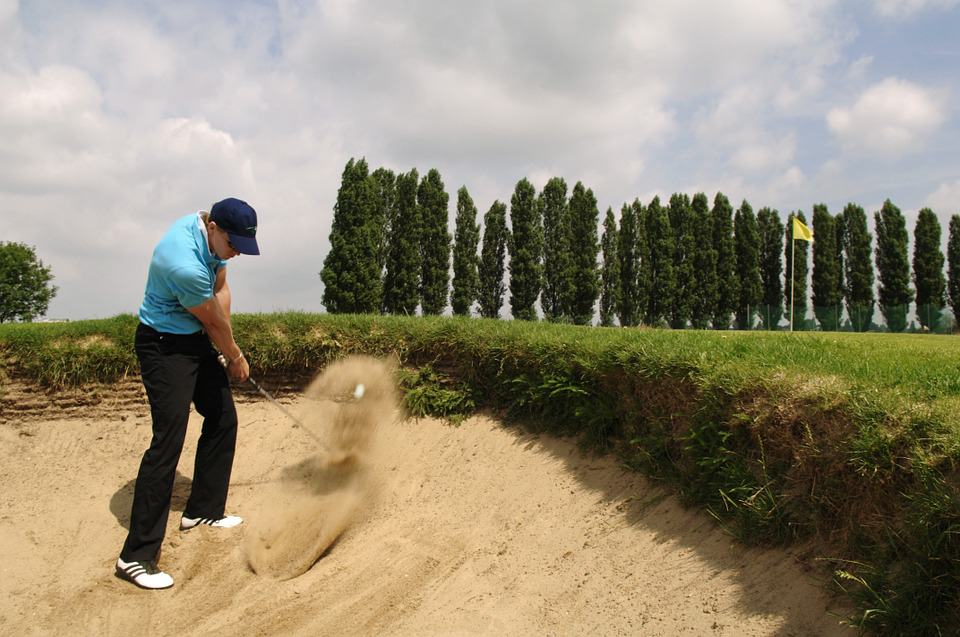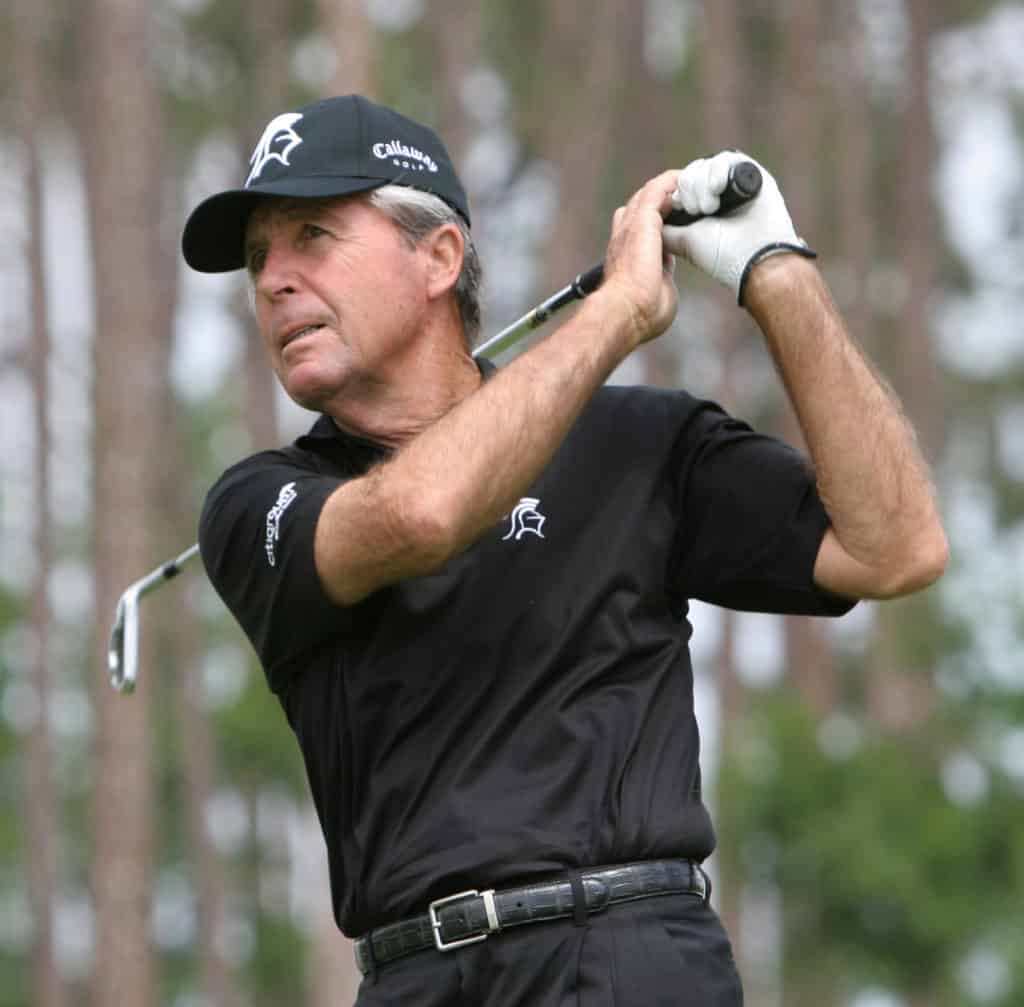When most people think of golf, they likely don’t associate the sport with injuries. After all, it’s low impact and not a contact sport like football or hockey, so why should anyone?
However, the nature of a golf swing consists of your body going from a standstill to maximum effort with a significant amount of sudden force in a split second. This rapid call to action of a golf swing can put a significant amount of stress on the body – specifically the spine and joints. Below we outline the five most common injuries experienced by the majority of golfers.
Back Pain
The largest area of mass impacted every time a golf club is swung is the back. The rotational stresses of a golf swing can place considerable pressure on the spine and the muscles that support it. Multiply that with the fact that golfers spend countless hours in a bent-over stance, repeating the same motion endless times, it is no wonder that playing golf can cause muscle spasms in the back that can easily lead to debilitating injuries.
Additionally, players that walk a multiple-hour round with a bag that is too heavy or does not have properly-adjusted straps, can have a higher chance of experiencing back injury. Those intending to walk should remove any unnecessary items from their bag prior to starting the round. If a golfer is unsure how to adjust their straps, they should consult with their head golf professional or pro shop staff.
Tendinitis
Tendinitis is the most common condition affecting the elbow and wrists to golfers worldwide. Symptoms of tendinitis tend to occur at the point where a tendon attaches to a bone. These symptoms typically include dull aching pain, especially when moving the affected limb or joint, tenderness to the touch, and mild swelling.
Elbow tendinitis is frequently referred to as “tennis elbow” when the inflammation is to the outer tendon, and “golfer’s elbow” when pain is to the inner elbow. The risk of getting tendinitis increases with age and frequency. Due to the repetitious nature of the game and the hyperextension at impact, the overall risk for this injury is much higher for golfers.
Knee Pain
The golf swing places tremendous amount of torque on the structure of the knee. Knee pain occurs from the strain placed on the pivot knee to stabilize the rotation of the hip during the downswing. Extreme force placed on the knee can result in torn ligaments and may further exacerbate arthritis over time.
Golfers often get knee problems in the patella, or kneecap, often caused by excessive pronation, exaggerated by walking and rotation of the legs during the swing. However, the most common knee injury in golfers is the medial meniscus tear. The meniscus is a piece of cartilage that acts as a shock absorber between the upper and lower bones of the leg. Once it is damaged, arthritis sets in.
Shoulder Pain
The shoulder has the largest range of motion of any joint in the human body. With this, comes many opportunities for something to go wrong. Pain may be felt in the shoulder either at the top of the backswing or on the follow thru of the downswing. Injuries to the rotator cuff can be sustained through traumatic force resulting from poor mechanics, improper warm-up, taking a deep divot, and/or from overuse. Golfers can develop tendinitis, bursitis, and tears in the rotator cuff due to the repetitive motion of the golf swing.
Hip Injuries
The hip joint is vulnerable to injury during golf, since high amount of pressure is placed on the joint and surrounding muscles during the swing. During the golf swing, the external rotation of the hips during a swing can put significant strain on the joint when practiced frequently. It is these rotational and shear forces that cause injuries such as groin strains and low back injuries.
Solutions to common golf injuries
- Improving swing mechanics. If your technique or mechanics are flawed, you could be setting yourself up for failure with your tendons. Consider consulting with a swing coach or instructor to potentially relieve any underlying issues that are leading to pain.
- Try massage. Incorporating a percussion massager as part of your warm up routine can significantly improve your mobility during your round. Use of a percussion massager helps golfers to prevent injury by loosening up the muscles and improving mobility. Additionally, using a percussion massager or massage gun post round can help heal scar tissue and inflammation of the tendons and muscles.
- Try foam rolling. Golfers can also look to implement a vibrating foam roller into their pre-and post- round routines. Vibration therapy has shown to have significant effects on range of motion – which can be the root cause of many golf injuries.
- Purchase properly fitting equipment and footwear. Similar to having properly adjusted straps on your bag, having the right equipment and footwear can help reduce discomforts as well. Ensure you have properly fitting shoes with a sole and spike that best suit the conditions.
- Ease up. Avoid long, repetitive practice sessions that place excessive stress on your tendons and joints. If you notice pain during a particular exercise or drill, stop and rest.
- Mix it up. If one exercise or activity causes you a particular, persistent pain, try something else. Cross-training can help you mix up an impact-loading exercise.
- Stretch. Take time after your round to stretch in order to maximize the range of motion of your joints. This can help to minimize repetitive trauma on tight tissues. The best time to stretch is after your round or activity, when your muscles are warmed up.
- Use proper workplace ergonomics. If possible, get an ergonomic assessment of your workspace and adjust your chair, keyboard and desktop as recommended for your height, arm length and usual tasks. This will help protect all your joints and tendons from excessive stress. If you are causing stress on your joints and tendons at work and then following it up with additional stress on the golf course, it’s ultimately going to lead to injury.
- Prepare your muscles to play. Strengthening muscles used in your golf game can help them better withstand stress and load. Participating in golf-specific workouts can help condition your body.



